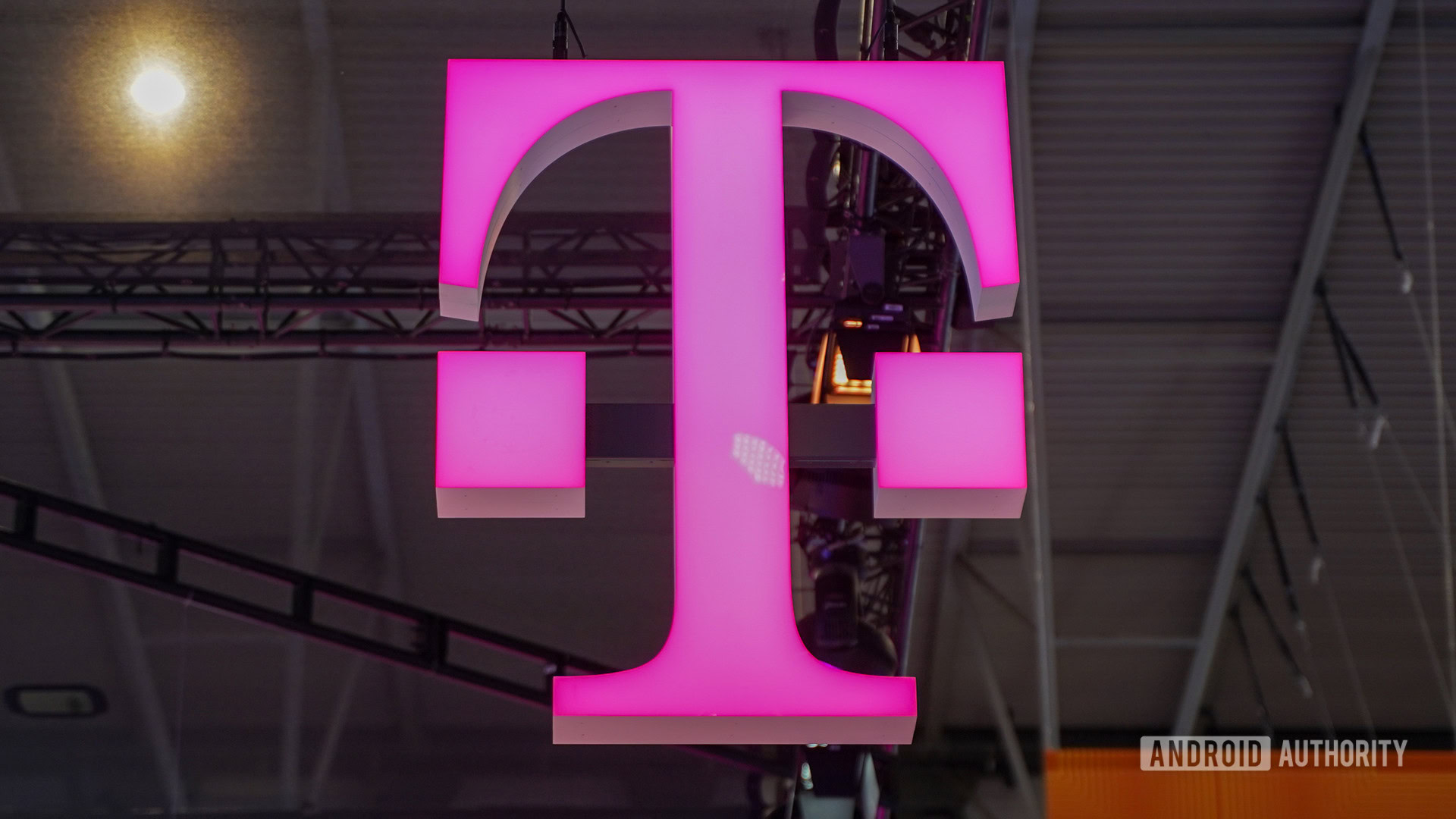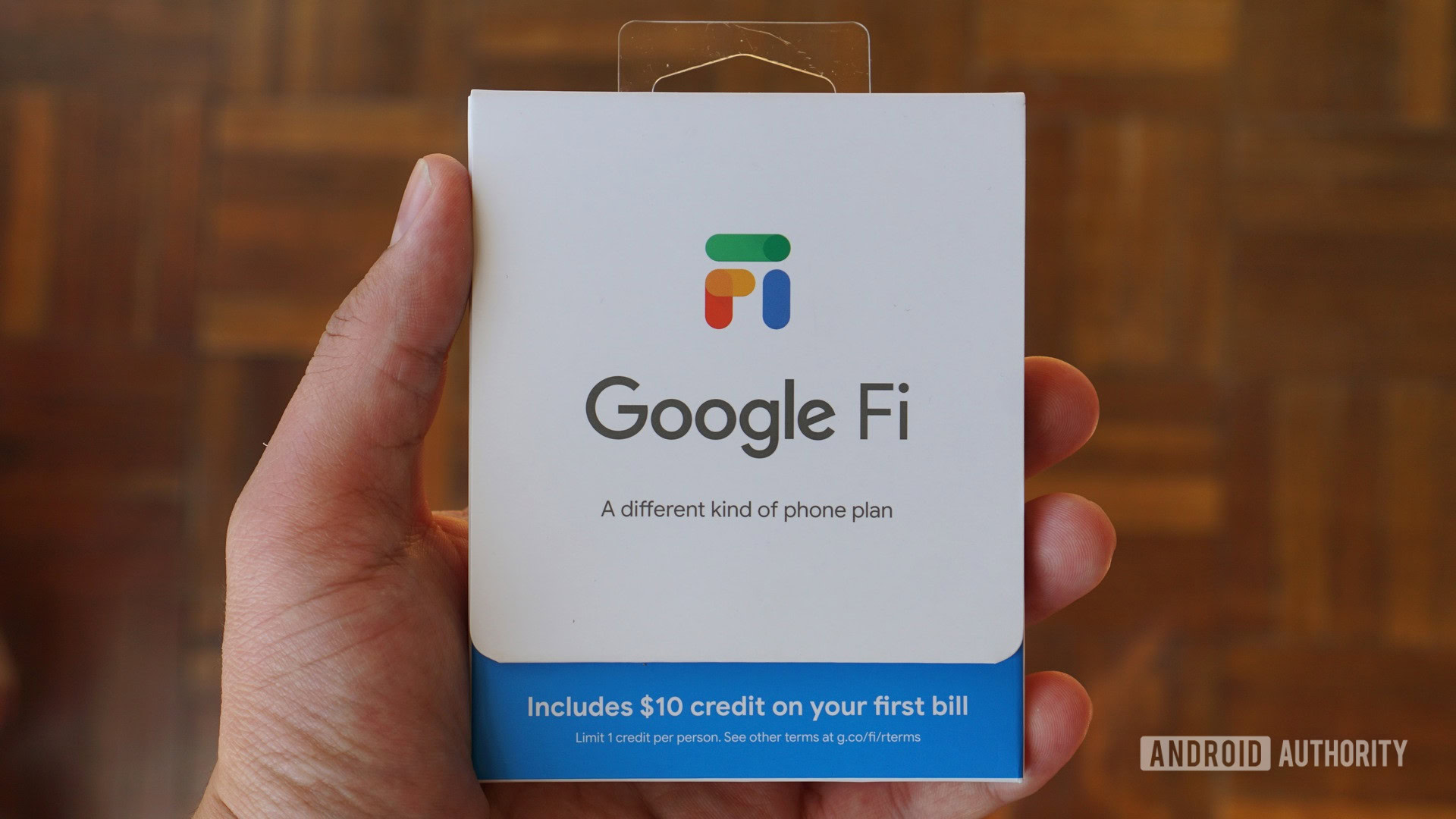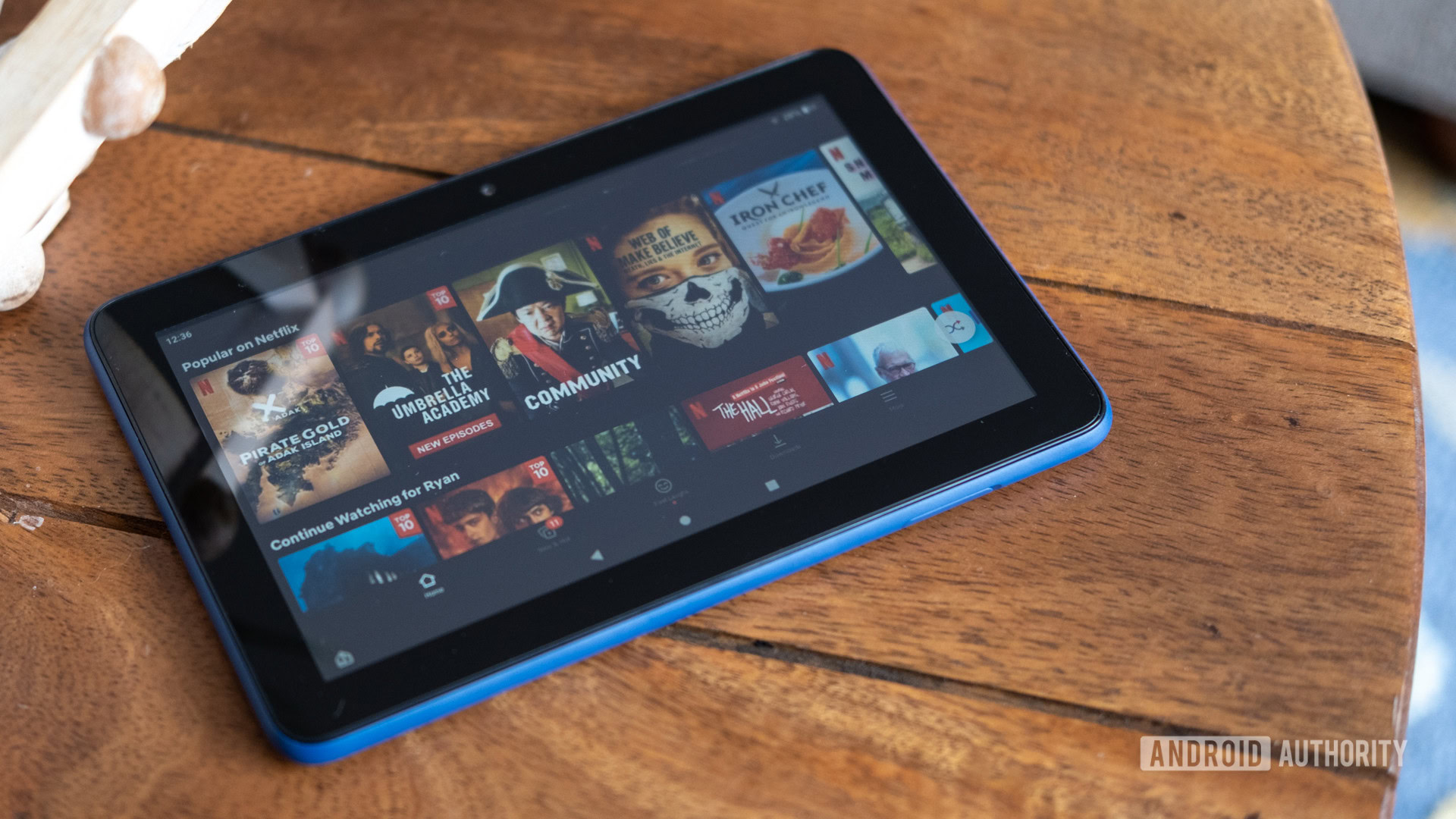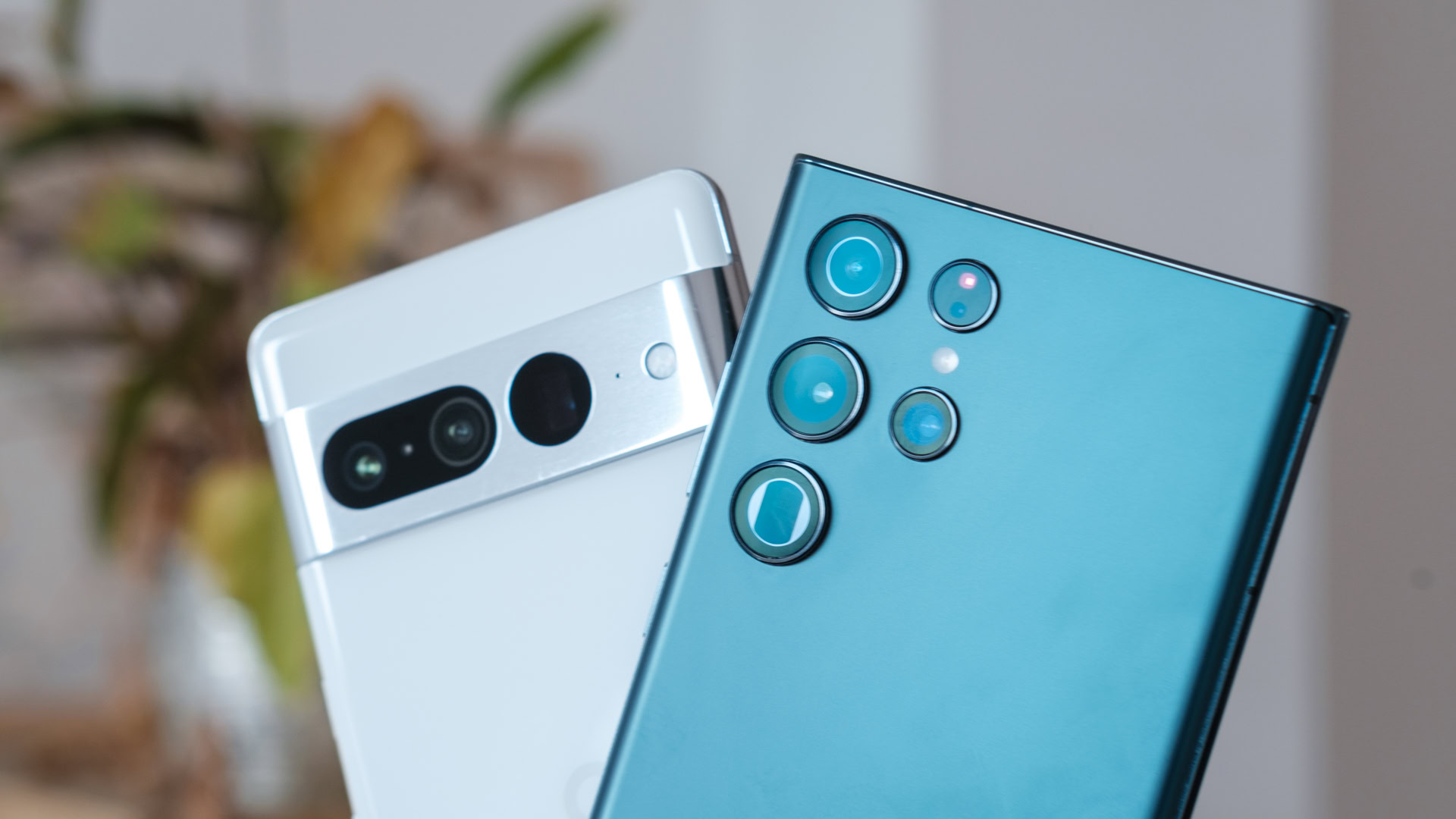Affiliate links on Android Authority may earn us a commission. Learn more.
Google Fi vs T-Mobile: Which is right for you?
Published onFebruary 25, 2025

We’ve already stacked Google Fi against two of the Big Three — Verizon and AT&T. Now, it’s time to see how the MVNO fares against its host network, T-Mobile. The two may share a network, but there’s far more that sets them apart. We’ll dig into all of the most important categories to help you decide on a new mobile carrier. Ready to learn more in our Google Fi vs T-Mobile comparison? Let’s get to it.
We’ve compared the prices, coverage, and even the phones you can bring to both networks. Curious how Google Fi stacks against the others? We have a guide comparing Fi against Verizon and AT&T.
Google Fi vs T-Mobile — Pricing
- Google Fi:
- One line: $20-$65
- Two lines: $17.50-$55
- Three lines: $16.60 -$45
- Four lines: $16.25-$40
- Five or more: $16-$40
- T-mobile:
- One line: $50-$100
- Two lines: $40-$85
- Three lines: $30-$56.66
- Four lines: $25-$53.70
- Five or more: $24-$52
Google Fi used to be pretty close to T-Mobile in pricing, but as the latter has crept upward, Google has improved its pricing over the years. Regardless of how many lines you add, you’ll pay less for Google Fi. Be aware that both carriers also tack on taxes and fees outside of the advertised pricing.
Now to be clear, Google Fi’s numbers are a bit skewed by the Flexible plan, which includes talk and text starting at $20, but charges $10 per gig. Even so, Google Fi Unlimited Essentials does offer unlimited data for just $35 per line or as low as $23 per line.
This makes the gap very small between T-Mobile and Google’s entry unlimited plans but there’s a big difference here: T-Mobile ironically has worse priority on its entry plan. You need a mid-tier or higher plan to get T-Mobile’s best priority level but Google Fi uses the same high-priority data as you’d get with a mid-tier T-Mobile plan on all of Google’s offerings.
Google Fi vs T-Mobile — Coverage

Comparing the network coverage of T-Mobile and Google Fi is something like looking in a mirror. Both carriers rely on the magenta network for most of their 4G LTE and 5G coverage. That means you should have a pretty solid blanket of service throughout the United States.
You can check out the entire map right here. Google Fi’s map looks slightly different, even though it relies primarily on the same towers. Check out the specifics of your local zip code here.
It’s also important to consider priority. Typically, postpaid service has higher priority levels than prepaid, but that’s not always true. In fact, Google Fi offers the same priority as T-Mobile’s mid-tier or higher postpaid plans. The only catch is that Google limits you to 30-100GB at the highest priority, depending on your unlimited plan. It’s worth noting that means Google Fi has higher priority than T-Mobile’s low-cost Essentials and Essentials Saver plans.
Google Fi vs T-Mobile — Perks and promotions

Depending on the plan, T-Mobile offers Hulu with ads, Netflix with ads, and Apple TV Plus. In contrast, Google Fi might not have any streaming services but you do get a Google One membership.
As for discounts, T-Mobile is probably slightly ahead here, though not by as far of a margin as you might guess. T-Mobile offers various BOGO deals and hefty discounts on the latest from Apple, Samsung, and more. In fact, you can get a free 5G-ready phone just for making the switch to the Uncarrier. That said, Google Fi has special deals from time to time as well, including free phone promotions.
You won’t find full BOGO lines or anything, but Fi comes surprisingly close to a postpaid carrier when it comes to these kinds of promotions and deals. For more promotions check out the Google Fi deal page. Just be aware Google doesn’t directly offer Apple phones, so you’ll have to bring your own to the network.
Google Fi vs T-Mobile — Phone selections

It’s not surprising to hear that Google Fi won’t sell you an iPhone. Google Fi will instead try to steer you towards an Android device, especially one that’s specifically designed for the carrier. You can buy the latest Pixels, Galaxy devices, and even Motorola’s Moto G series straight from Fi or bring a phone from the extensive list of options. Visit Google’s site for a full list of options.
On the other hand, T-Mobile will sell you just about any one of the latest smartphones. It carries everything from Apple to Samsung and even OnePlus. That means you can dip into the iPhone 16 series, Google’s Pixel 9, or any of Samsung’s Galaxy S25 devices. You can bring even more devices, just as long as they support the right mix of GSM bands.
Which carrier is right for you?
Finally, the answer you’ve been waiting for — which carrier should you choose? In the T-Mobile vs Google Fi showdown, it’s not nearly so simple. Ultimately, you have to choose based on your needs. The two carriers share a great network, plenty of phones, and some of the best prices around.
Google Fi brings US Cellular into the picture, and it’s the perfect mate for a Pixel device. However, you won’t get a full slate of features on an iPhone, and there are just three plans to choose from.